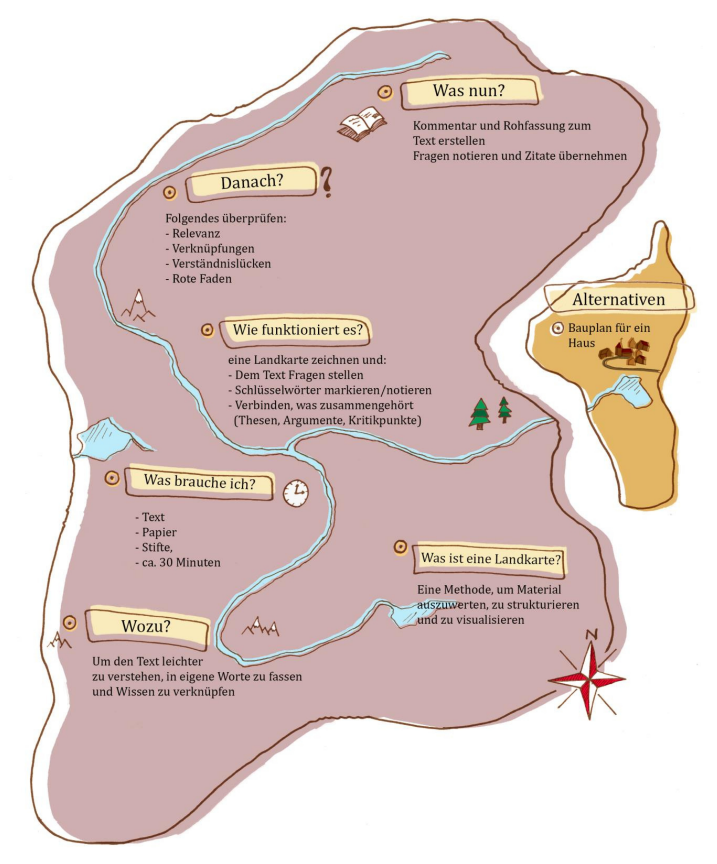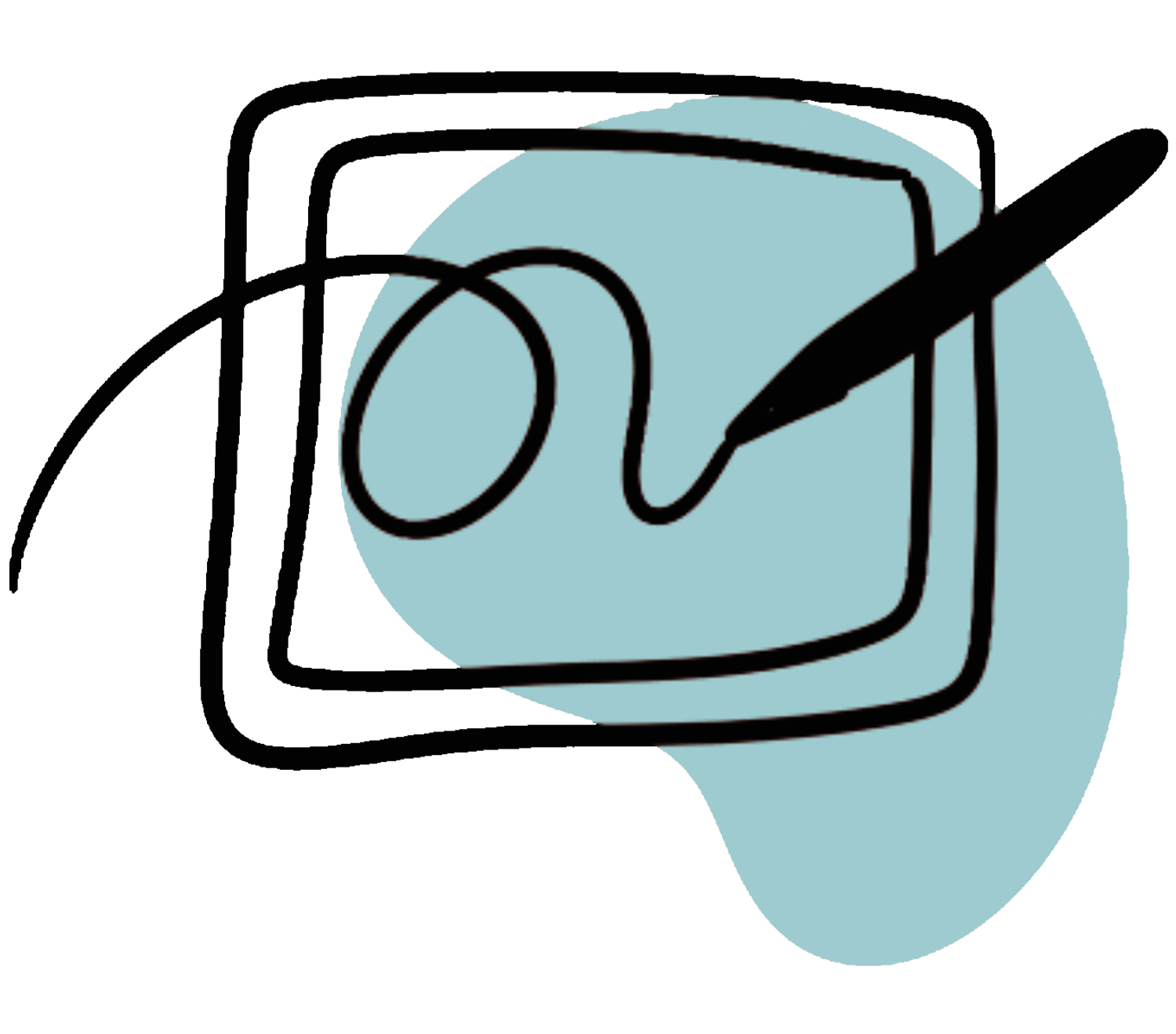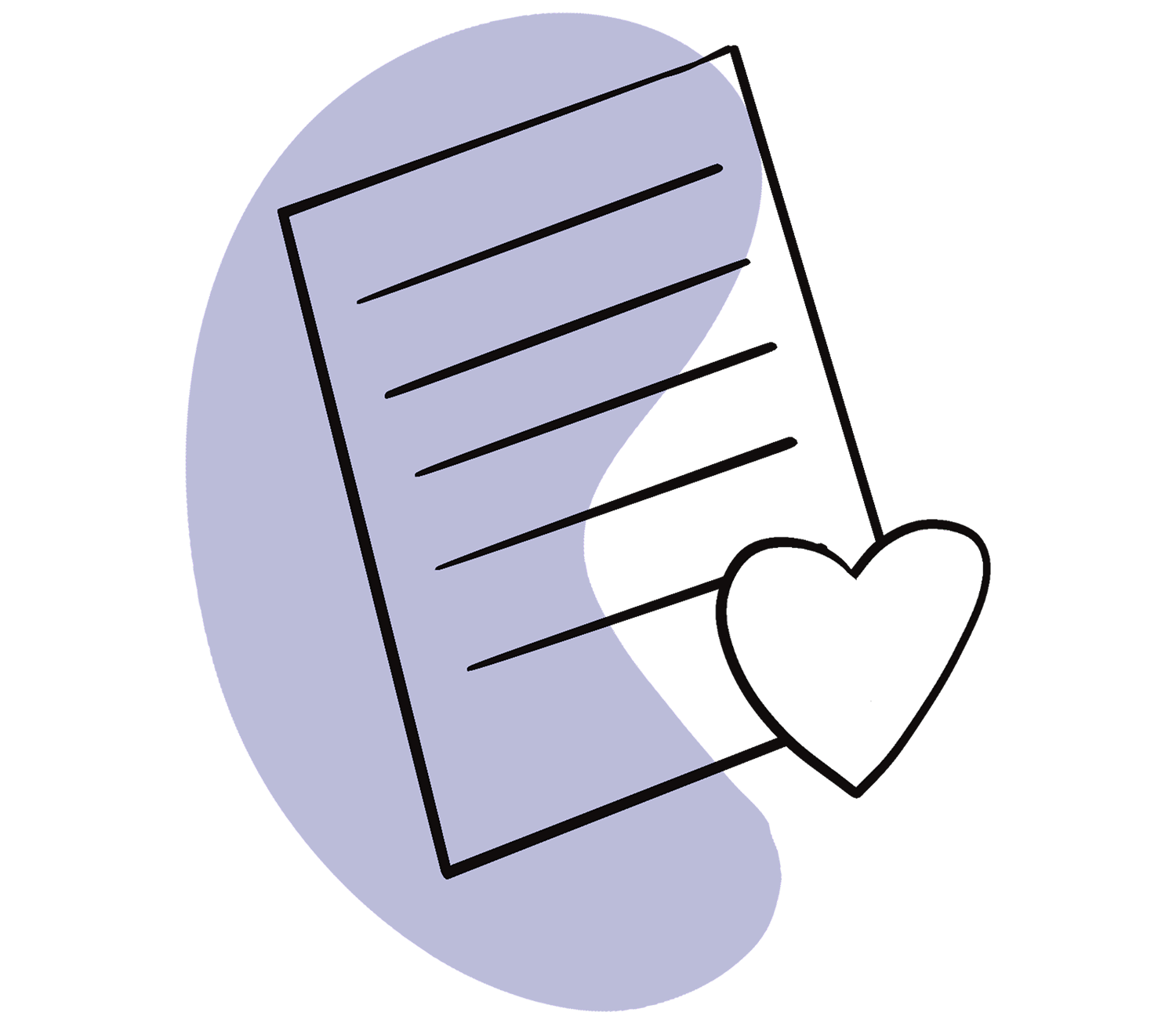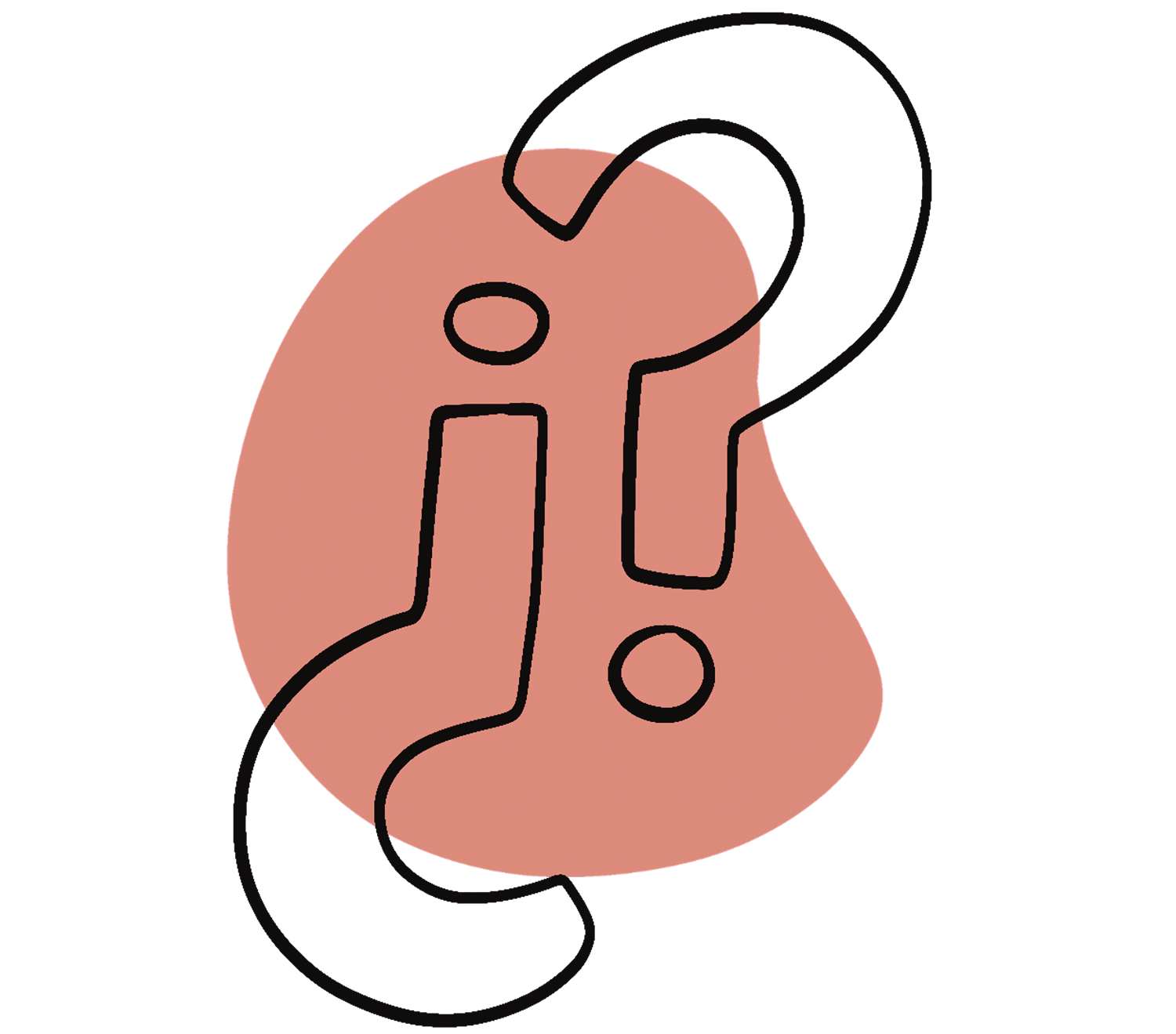This method is helpful when the academic language of a text is difficult to understand and its structure is hard to recognize.
Especially with such texts, many people find it challenging to take a step back and express the content in their own words – that is, to paraphrase – or to connect the insights gained with their own knowledge.
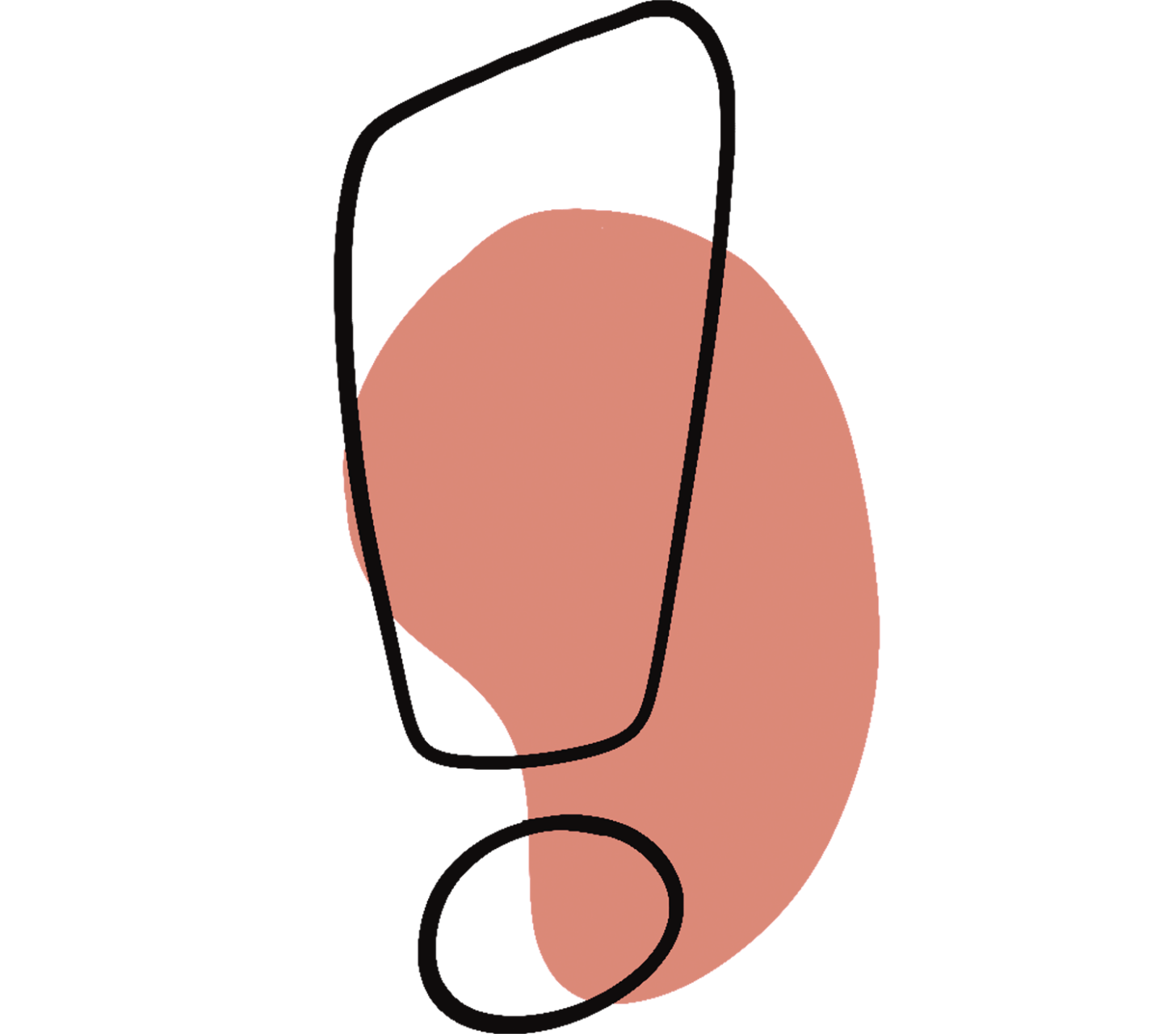
- Skim a text or a text section (5 min.).
- Write down 2–3 questions and think about what you want to know from the text (5 min.).
- Read the section again – this time carefully – and take notes or highlight keywords (10 min.).
- Write down all words and terms you don’t know, though which are important to understand the text. Look up unfamiliar terms.
- In the map, relate individual terms, theses, arguments, or points of criticism to each other. This representation can be expanded with your own positions as well as with the terms and arguments of other researchers (10 min.).
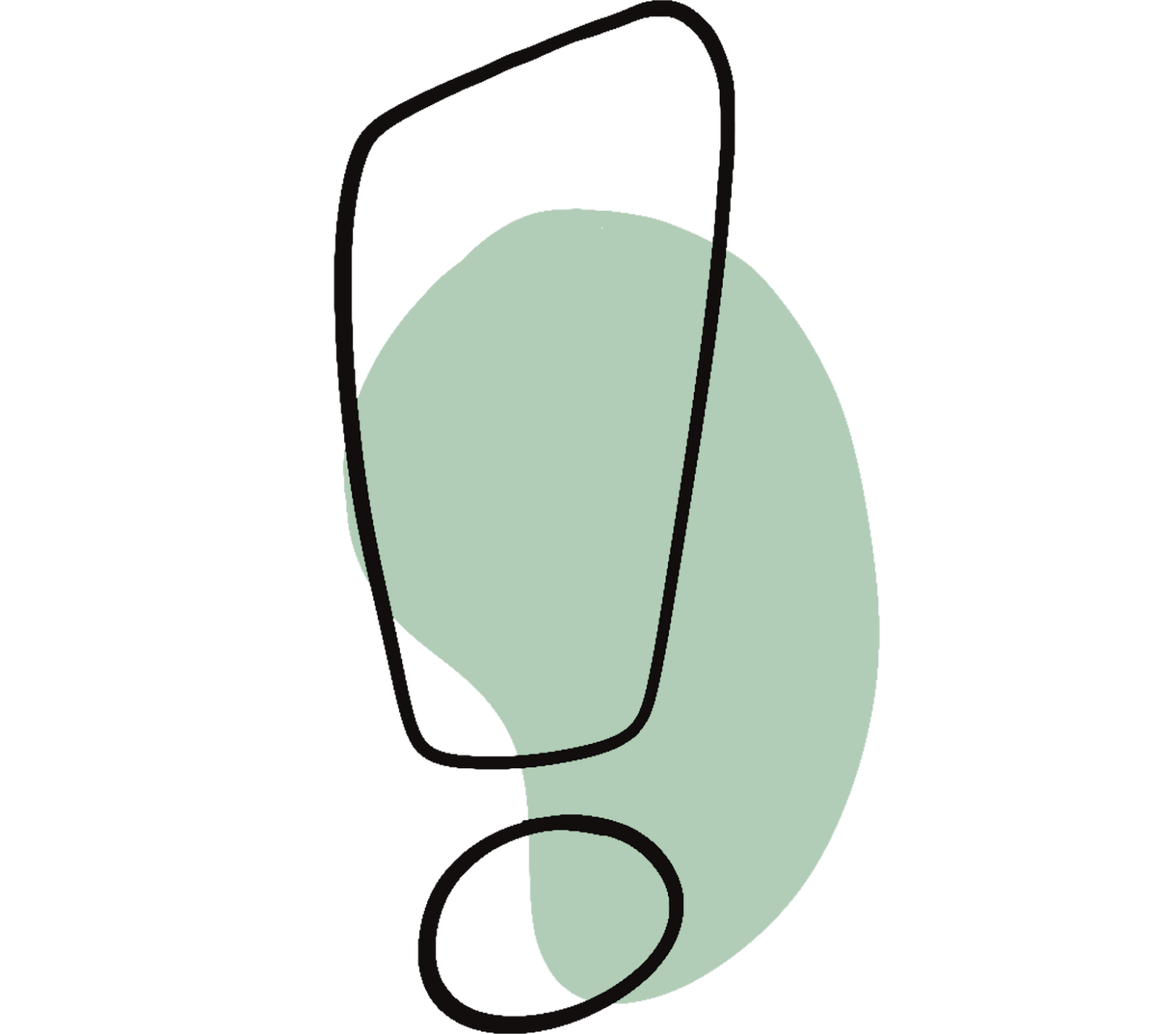
Answer the following questions – preferably in writing:
- Does one aspect seem particularly central?
- What is connected to what? And why?
- Are there links to other texts, researchers, or theses?
- What do you still not understand?
- What do certain notes, paths, or boundaries mean?
This is how you can continue working with the created map:
- Write a comment on the text using the map.
- Write a draft of the section for which you read the text.
- Clarify all terms that are still unknown.
- Add page numbers and, if applicable, direct quotes.
- Note down questions and ideas for further work.
You can also use a shortened version of this method: Maybe the argumentation is logically understandable, but you find it difficult to integrate it into your text without staying too close to the original.
In that case, it makes sense to use only a few elements from the “map” method. For example, you can note down keywords during the first reading, then close the book and write your own text based on your notes.
Literature: Grieshammer, Ella; Liebetanz, Franziska (2013): Zukunftsmodell Schreibberatung: Eine Anleitung zur Begleitung von Schreibenden im Studium. Hohengehren: Schneider.
When should I create a map of a text?
Especially when you don’t understand a text but you know you need it for your work. With this reading method, you can analyze, structure, and visualize the text to ultimately understand it better and work with it further.
Does it have to be a map?
The image of a map is only meant to illustrate how you can navigate a text. You can also turn it into a building or create a simple mind map.
This article was published in August 2025 and last updated in February 2025.

